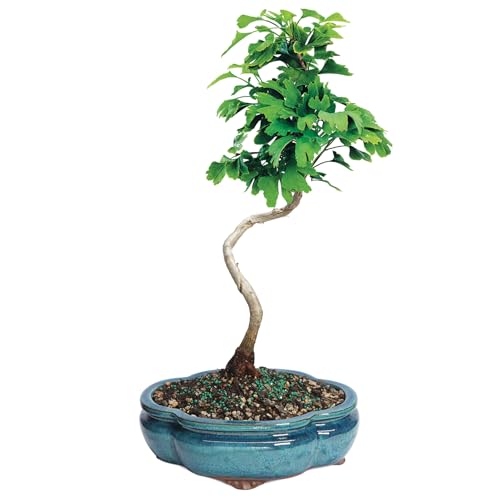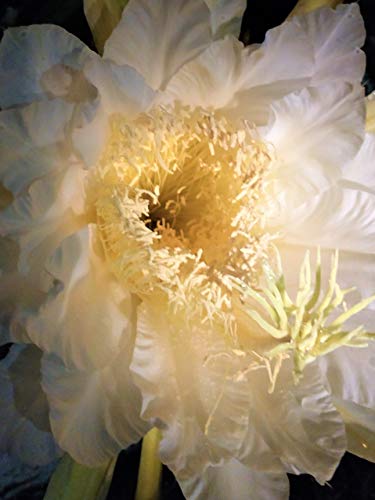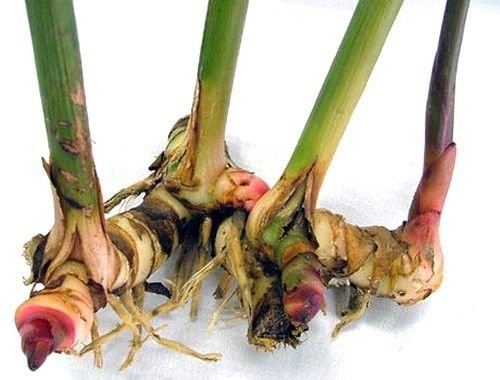Cycas [Japanese Sotetsu], Sago Palm, King Sago and sago Cycad. Japanese Samo palm) is a gymnosperm of the Cycadaceae family, which is native to the Ryukyu islands. It is one of several species used for the production of sago, as well as an ornamental plant. The sago cycad can be distinguished by a thick coat of fibers on its trunk. Sometimes, the sago-cycad can be mistakenly believed to be a palm. However, they are very similar in appearance and produce seeds. The leaves grow from the trunk and start out as small leaves near the centre of the plant.
Contents
- 1 Description
- 2 Products
- 2.1 Brussel's Bonsai Live Ginkgo Bonsai Tree - 4 Years, 10 to 14 Inches Tall - Outdoor Bonsai Tree Live in Decorative Ceramic Bonsai Pot
- 2.2 BULB GIANT ELEPHANT EAR TARO VERY RARE Colocasia
- 2.3 2 Cutting White Epiphyllum oxypetalum for Plant, Queen of The Night Kadupul Plant
- 2.4 1 LIVE RHIZOME Alpinia Galanga Spicy Thai Ginger Herb used in cook
- 2.5 Bonsai Boy e3162 Sago Palm Bonsai Tree - Cycas Revoluta
Description
This very symmetrical plant supports a crown of shiny, dark green leaves on a thick shaggy trunk that is typically about 20 cm (7.9 in) in diameter, sometimes wider. In young plants, the trunk is subterranean and grows taller with age. It can reach 6-7m (over 20ft) in very old plants. However, it is slow-growing and takes between 50-100 years for this plant to grow to that height. Trunks can branch several times, thus producing multiple heads of leaves.
The leaves are a deep semiglossy green and about 50-150 cm (20-59 in) long when the plants are of a reproductive age. They grow out into a feather-like rosette to 1 m (3.3 ft) in diameter. The crowded, stiff, narrow leaflets are 8-18 cm (3.1-7.1 in) long and have strongly recurved or revolute edges. The basal leaflets become more like spines. The petiole or stems of the sago cycad are 6-10 cm (2.4-3.9 in) long and have small protective barbs.
Roots are called coralloid with an Anabaena symbiosis allowing nitrogen fixation. To resist algal invasion, tannin-rich cells can be found on either side the algal layer.
It is dioecious like other cycads. The males bear pollen cones (strobilus), and the females bear groups of megasporophylls. You can pollinate your plants either naturally or artificially.
Last update on 2022-01-29. Price and availability of products may change.





